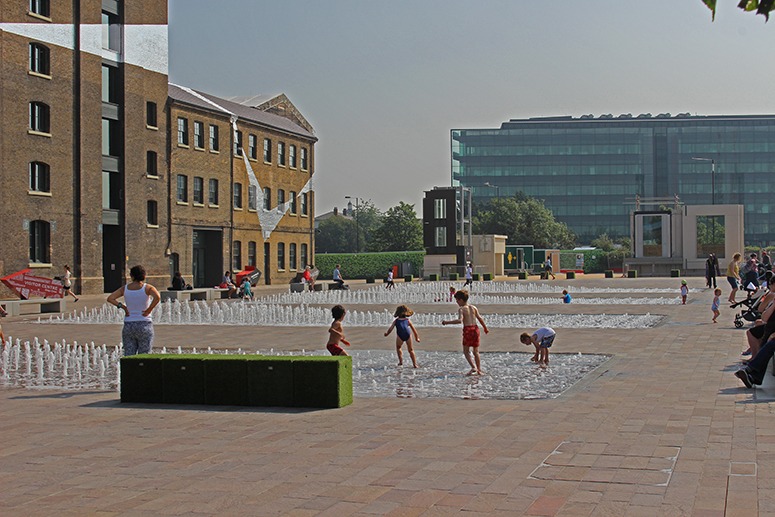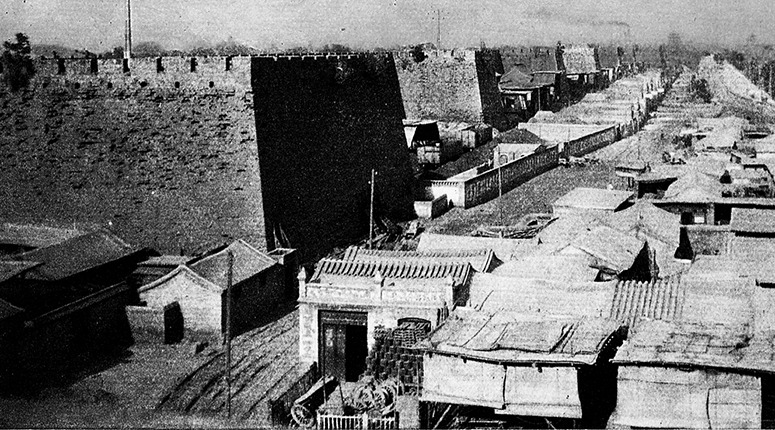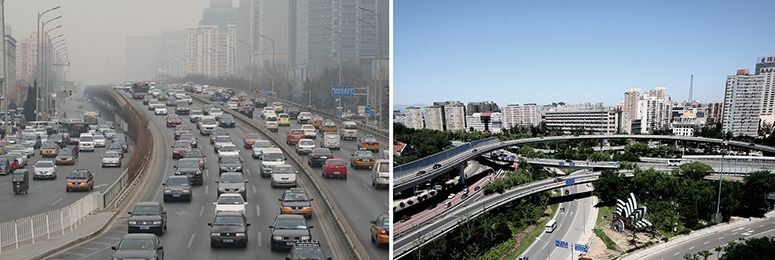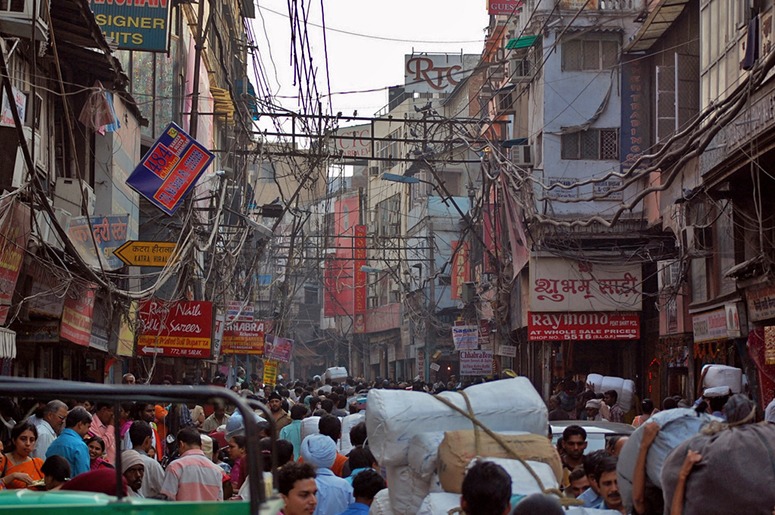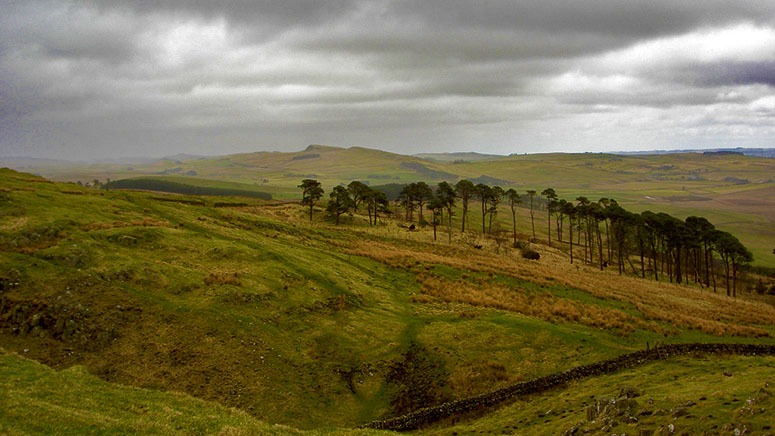An Architect’s Journal comment welcomes Grannary Square as ‘London’s finest new public space’. So, many congratulations to the designers: Townshend Landscape Architects. It opened as a public open space in 2012 and had a great season in 2013 because of the fine summer weather. Rory Olcayto rates it a better contribution to King’s Cross than the work of its panoply of big name architects (John McAslan + Partners, PRP, MaccreanorLavington, Glenn Howells, Carmody Groarke, Stanton Williams, David Chipperfield, Allies & Morrison, AHMM, Feix & Merlin, etc). Olcayto could have added that Grannary Square is likely to outlive ALL the buildings – just as St James’s Park has, so far, outlived Whitehall Palace by 300 years.
I see the design as a great start on what may become a great public open space. The design is strong and simple. The water feature is big and bold. The grove of trees with unfixed chairs and tables is a welcome homage to W H Whyte. The artificial grass steps, facing the sun and the canal, are a great success. All good. Grannary Square is a little blank and empty – but can be expected to fill up with people and uses as Argent’s King’s Cross Development gathers steam.
As I was pressing the button to take the photograph, below, a distraught mother ran to me and cried ‘Excuse me – why are you photographing my children?’. She accepted my explanation and said that her husband was a photographer and often had similar complaints. I asked why she was troubled. ‘I don’t know’ she said ‘I just feel that it is my job to protect my children’. It reminds one of primitive peoples’ idea that something belonging to them them has been ‘taken’ when the camera clicks – and of girls who both want to be looked at and do not want to be looked at. Lin Yutang commented that ‘All women’s dresses, in every age and country, are merely variations on the eternal struggle between the admitted desire to dress and the unadmitted desire to undress’. Do mother’s want their children to be admired?
The zany zig-zag is an installation by the Swiss artist Felice Varini and is entitled Across the Buildings. I believe it will only there in 2013 and will be sorry when it goes. See http://vimeo.com/kingscrosscouk/varini 